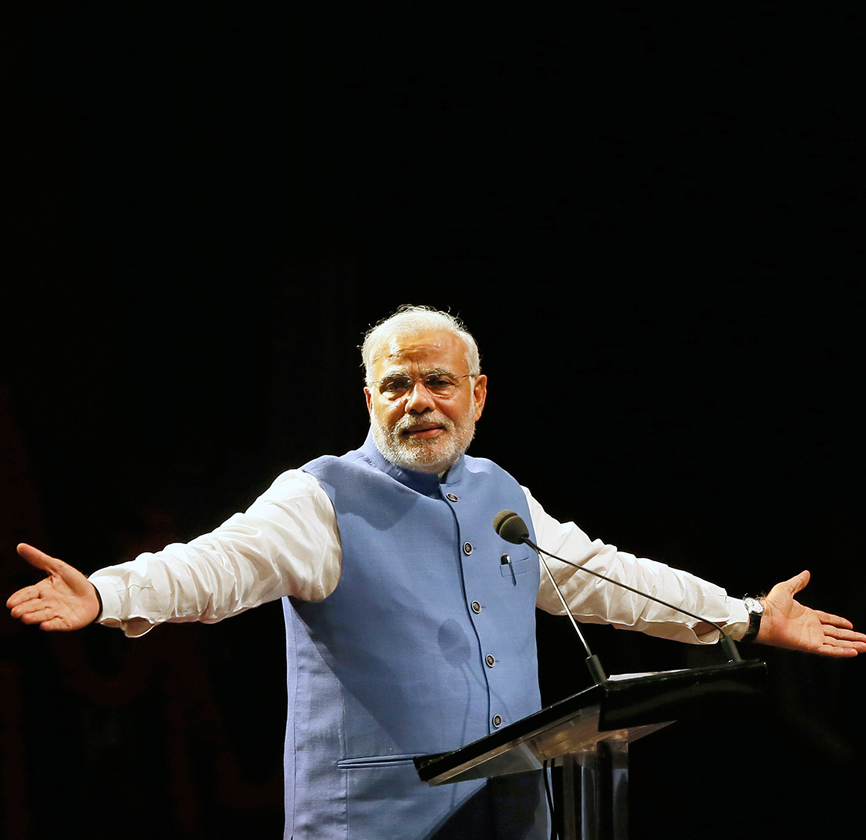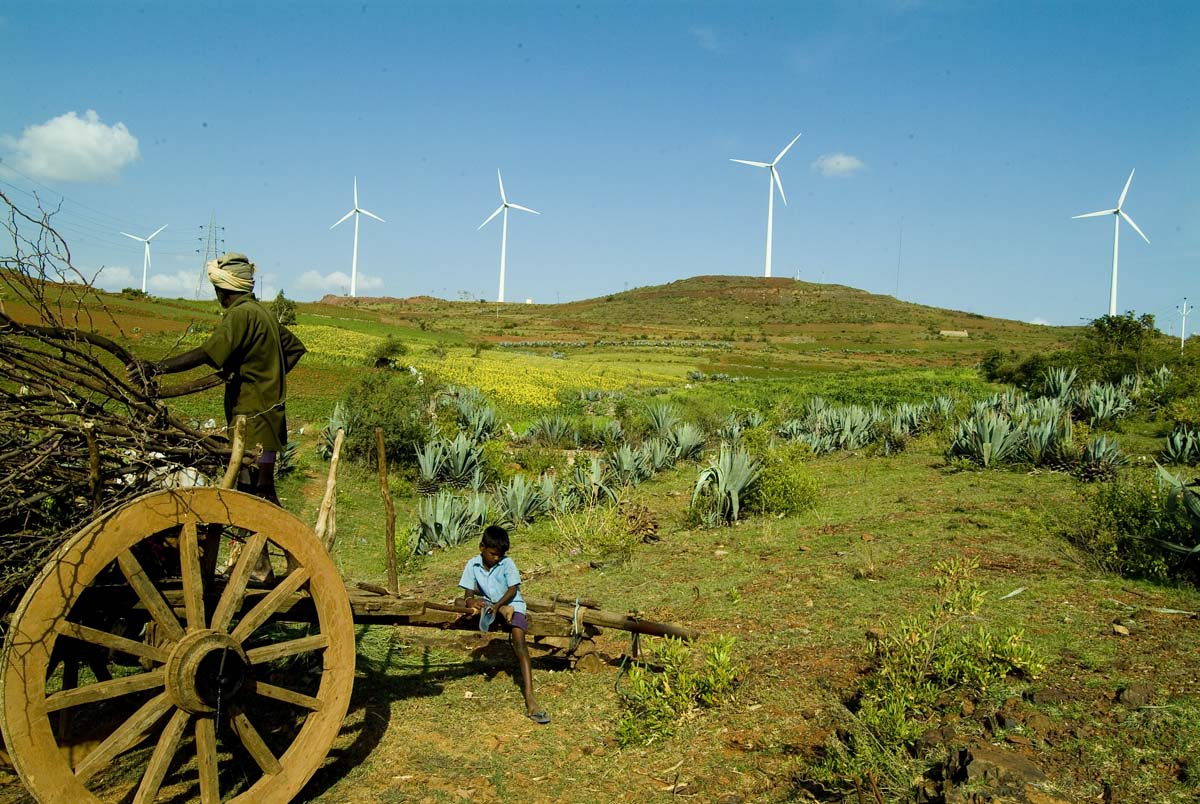India's Narendra Modi keeps pushing forward
At a time when most emerging markets are struggling, India continues as a good news story. Can it last?
From Eurasia Group's Washington office, India analyst
Sasha Riser-Kositsky weighs in on Modi's progress so far, what he still hopes to accomplish, and the single greatest threat to reform.
Watch the video then read the full Q&A with Eurasia Group's
Willis Sparks.
Willis Sparks: Since his election in 2014, India's Prime Minister Narendra Modi has earned a reputation as the emerging market world's most forceful reformer. What are his most important reform-related accomplishments to date?
Sasha Riser-Kositsky: Modi is a pro-business nationalist committed to making government more effective rather than a Margaret Thatcher or Ronald Reagan-like leader committed to cutting government down to size. And many Indian business leaders argue that Modi has not gone far enough. For instance, Modi defends the important economic role of India's hundreds of state-owned companies, many of which are steadily losing ground to more efficient private sector competitors.
Yet, Modi has begun to dramatically reform India's convoluted indirect tax system with a new goods and services tax, a landmark accomplishment that will boost growth by sharply reducing barriers to interstate trade once it comes into force over the next several years. He has also successfully lowered barriers to foreign investment across a wide range of sectors: from railways and defense to coal mining, insurance, and real estate. Along with these changes, a campaign to cut red tape and make it easier to start businesses helped make India the world's no. 1 recipient of foreign investment in new projects last year.
Under Modi the central government has also launched an unprecedented campaign to encourage India's 29 state governments to reduce the burden of their regulations on businesses. That's important because, much as in the United States, Indian state governments have wide authority to oversee many practical aspects of running businesses, from land acquisition to access to electricity and roads.
Sparks: What are the most important reform goals left for him to accomplish?
Riser-Kositsky: Thus far the government has been unable to push through two key reforms: land acquisition reform to make it easier for the government to help secure land for important public-private projects and labor law reform to make it easier for businesses to hire and fire workers.
We do not expect either of these two measures to be enacted before the next national election in 2019.
Land acquisition reform is critical to ensure that much-needed infrastructure improvements are built quickly and labor law reform is required to spur businesses to invest in new operations and create new jobs. Rules that require companies above a certain size to obtain government permission to lay off workers act as a disincentive for them to hire in the first place.
But the political opposition has joined with some of Modi's own political allies to condemn proposed land acquisition reform as 'anti-farmer', a political kiss of death given that about 70% of the population lives in rural areas and agriculture accounts for about half of all employment. Similarly, opposition parties and India's labor unions, even those associated with Modi's party, have come together against labor law changes.
Sparks: What is the greatest single threat to reform?
Riser-Kositsky: The biggest risk to reform is the political strength of Modi and leadership of the ruling party. Modi is one of the most reformist politicians, in India and within his party.
Modi's control over both the government and the party is virtually unchallenged, but his party faces a series of tough state elections in 2017 and 2018 that will likely see it lose ground in some areas. That outcome would not only embolden the formal political opposition but also reenergize challengers to Modi's authority from within his party if it does particularly poorly.
Sparks: What are the main long-term challenges India faces?
Riser-Kositsky: India faces two major long-term risks: resource scarcity, particularly water shortages, and job creation.
Much of India already faces water shortages. While India's fragmented legal and regulatory framework precludes a coordinated response to better manage resources, resource scarcity will pose a particular challenge to Modi's push to expand domestic manufacturing.
Second, there are also job shortages. Economic growth, while rapid, hasn't yet been rapid enough to generate enough jobs for the 1 million new entrants to the workforce each month. Modi's manufacturing drive is designed to help, but ultimately the economy will fail to reach its full potential without further reform.


